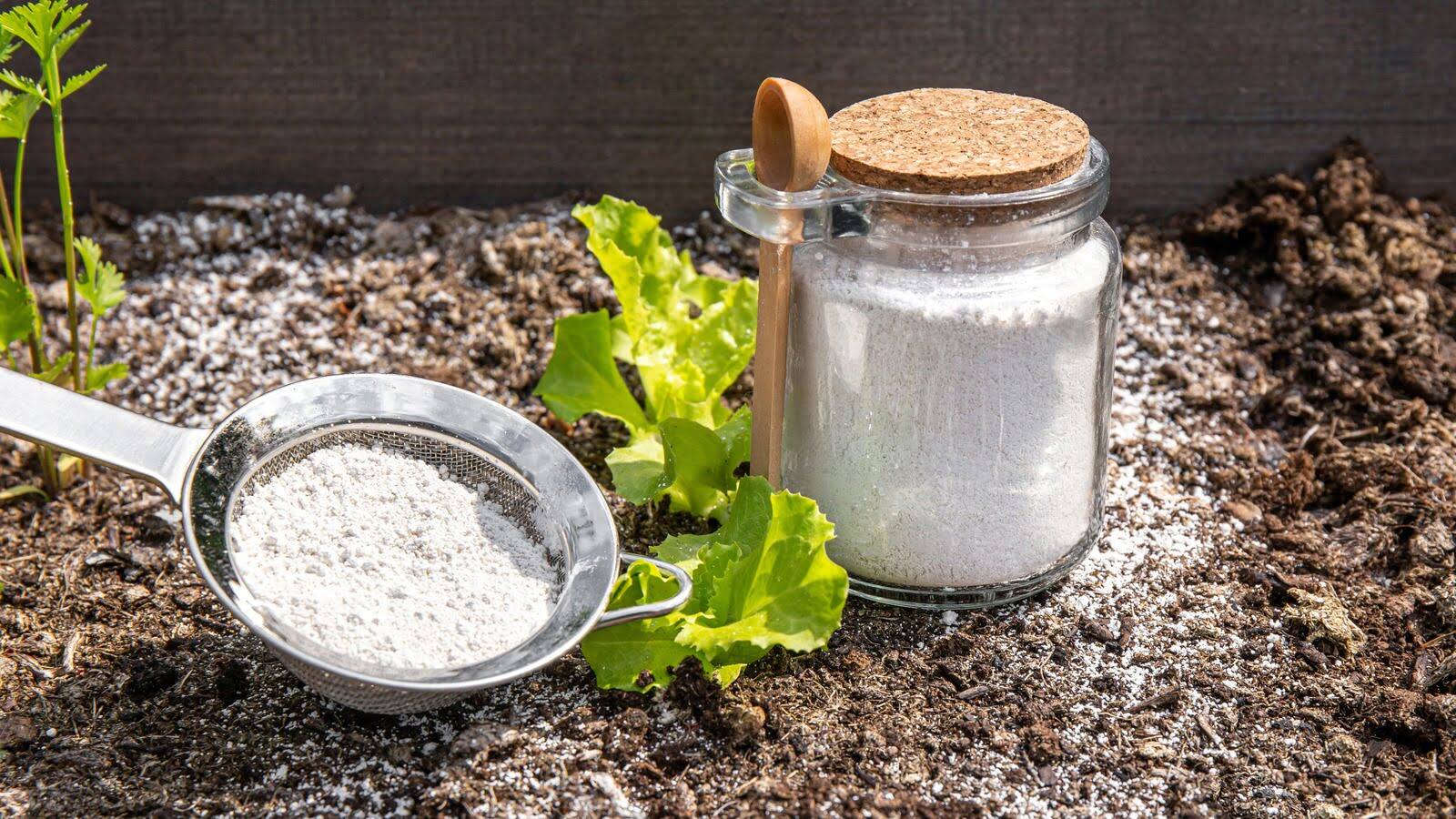

Articles
How To Store Diatomaceous Earth
Modified: January 6, 2024
Learn the best ways to store diatomaceous earth in this informative article. Find out how to keep it fresh and effective for your various applications.
(Many of the links in this article redirect to a specific reviewed product. Your purchase of these products through affiliate links helps to generate commission for Storables.com, at no extra cost. Learn more)
Introduction
Welcome to our comprehensive guide on how to store diatomaceous earth. If you’re unfamiliar with this natural and versatile substance, don’t worry – we’ll cover that as well. Diatomaceous earth is a powdery substance that consists of fossilized remains of tiny, aquatic organisms called diatoms. It is commonly used in various industries, including agriculture, pest control, and even as a natural health supplement.
Proper storage of diatomaceous earth is essential to maintain its efficacy and quality over time. In this article, we’ll discuss the importance of storing diatomaceous earth correctly, as well as provide practical tips and guidelines to ensure its longevity.
Whether you’re a homeowner using diatomaceous earth for pest control or a gardener implementing it in your organic gardening practices, understanding how to store this powerful substance is vital.
So, without further ado, let’s delve into the world of diatomaceous earth storage!
Key Takeaways:
- Proper storage of diatomaceous earth is crucial to maintain its efficacy and quality. Choosing the right container, keeping it dry, and protecting it from moisture and heat are key factors in ensuring its longevity and effectiveness.
- Handling and labeling diatomaceous earth containers with care and precision is essential for safety and convenience. Following storage guidelines and proper sealing helps maintain the integrity of the product for its various applications.
Read more: How To Use Diatomaceous Earth On Carpet
What is Diatomaceous Earth?
Diatomaceous earth, often referred to as DE, is a naturally occurring sedimentary rock that is made up of the fossilized remains of microscopic algae-like organisms called diatoms. These diatoms have a hard shell made of silica, which is what gives diatomaceous earth its abrasive texture. DE can be found in various forms, including a fine white powder and a granular substance.
Due to its porous nature and abrasive properties, diatomaceous earth has a wide range of applications. It is commonly used as a natural pesticide to control pests like insects and mites. The abrasive texture of DE damages the exoskeleton of pests, dehydrating them and ultimately leading to their demise.
In addition to pest control, diatomaceous earth is also used as a natural filtration agent for water and as a soil amendment in gardening and agriculture. Its high silica content makes it beneficial for improving soil structure, water retention, and nutrient absorption.
Furthermore, diatomaceous earth has gained popularity as a natural health supplement due to its potential detoxifying and digestive benefits. When consumed orally, diatomaceous earth can help eliminate parasites and heavy metals from the body.
It is important to note that not all diatomaceous earth products are suitable for every application. There are different grades of DE available, each with its own specific uses. Food-grade diatomaceous earth is the purest form and is approved for human consumption. Industrial-grade DE, on the other hand, may contain additional chemicals and should only be used for non-food applications.
Now that we have a better understanding of diatomaceous earth, let’s explore why proper storage of this substance is crucial to maximize its effectiveness and longevity.
Why is Proper Storage Important?
Proper storage of diatomaceous earth is essential for several reasons. Firstly, diatomaceous earth is highly absorbent and can easily pick up moisture from the surrounding environment. Moisture can cause the diatomaceous earth to clump together, reducing its effectiveness and making it more challenging to apply evenly.
Additionally, exposure to moisture can lead to the growth of mold or mildew on the diatomaceous earth, rendering it unusable and potentially harmful if applied in this condition. Storing diatomaceous earth in a dry environment helps maintain its potency and prevents the growth of unwanted organisms.
Another important reason for proper storage is to protect the integrity of the diatomaceous earth’s structure. Over time, if not stored correctly, the diatomaceous earth particles can break down, which diminishes their abrasive effects. This deterioration not only reduces the effectiveness of the substance, but it can also release dust particles, making it more challenging to handle and potentially harmful to inhale.
Furthermore, proper storage helps to prevent cross-contamination or the mixing of different grades or types of diatomaceous earth. It is crucial to keep food-grade diatomaceous earth separate from industrial-grade DE to ensure its safe and appropriate use. Properly stored diatomaceous earth reduces the risk of unintentional mixing and potential harm.
Lastly, proper storage of diatomaceous earth helps in maintaining its shelf life. When stored correctly, diatomaceous earth can retain its effectiveness for an extended period, reducing the need for frequent repurchases and saving you money in the long run.
Now that we understand the importance of proper storage, let’s explore the best practices for storing diatomaceous earth to ensure its longevity and effectiveness.
Choosing the Right Container
When it comes to storing diatomaceous earth, selecting the appropriate container is crucial. The right container should be airtight, moisture-resistant, and able to protect the diatomaceous earth from exposure to light, heat, and humidity. Here are a few options to consider:
- Plastic Containers: Plastic containers are commonly used for storing diatomaceous earth due to their lightweight, durable, and moisture-resistant properties. Look for containers made of high-density polyethylene (HDPE) or polypropylene (PP) to ensure they are food-safe and won’t react with the diatomaceous earth.
- Glass Jars: Glass jars with airtight lids are an excellent option for storing diatomaceous earth. Glass is impermeable to moisture and offers protection against light and heat. It is also non-reactive, ensuring that the diatomaceous earth remains free from any chemical contamination.
- Metal Containers: Metal containers, such as aluminum tins or steel canisters, can provide a good level of protection for diatomaceous earth. Look for containers with a tight-fitting lid to keep moisture and air out.
When choosing a container, consider the quantity of diatomaceous earth you need to store. It is better to opt for smaller containers if you have a smaller amount of DE, as it reduces the surface area exposed to air and potential moisture.
Furthermore, make sure the container is clean and thoroughly dried before transferring or storing diatomaceous earth to prevent any contamination. Avoid reusing containers that previously contained other chemicals or substances to prevent cross-contamination.
By selecting the right container, you can ensure the proper storage of diatomaceous earth and prolong its shelf life.
Keeping Diatomaceous Earth Dry
One of the most critical factors in properly storing diatomaceous earth is keeping it dry. Moisture can diminish the effectiveness of diatomaceous earth and even lead to the growth of mold or mildew. Here are some tips for keeping your diatomaceous earth dry:
- Airtight Containers: As mentioned earlier, storing diatomaceous earth in airtight containers is essential to prevent moisture from seeping in. Ensure that the lid or cap of the container creates a tight seal to keep air and moisture out.
- Silica Gel Packs: Placing silica gel packs or moisture-absorbing packets inside the container can help absorb any excess moisture and maintain the dryness of the diatomaceous earth. Just make sure the packets are food-safe and do not come into direct contact with the diatomaceous earth.
- Keep Away from Water Sources: Store your diatomaceous earth away from water sources, such as sinks, basements, or areas prone to leaks or humidity. Moisture in the air can easily find its way into improperly stored DE.
- Avoid High Humidity: High humidity can cause diatomaceous earth to clump and lose its efficacy. Store the diatomaceous earth in a location where the humidity level is low, ideally below 50%. Consider using a dehumidifier if necessary.
- Do Not Expose to Liquids: Avoid exposing diatomaceous earth to any liquids, as they can cause clumping and make the powder difficult to use. Keep the diatomaceous earth away from accidental spills and ensure that containers are tightly sealed.
By taking these measures to keep diatomaceous earth dry, you can prevent moisture-related issues and ensure that the diatomaceous earth remains effective for its intended purposes.
Store diatomaceous earth in a cool, dry place away from moisture and humidity. Keep it tightly sealed in its original container or a resealable bag to prevent clumping and maintain its effectiveness.
Read more: How To Apply Diatomaceous Earth For Bed Bugs
Protecting Diatomaceous Earth from Moisture
In addition to keeping diatomaceous earth dry, it is essential to take steps to protect it from moisture in the surrounding environment. Here are some additional measures you can take to safeguard your diatomaceous earth from moisture:
- Double Bagging: To provide an extra layer of protection, consider double-bagging your diatomaceous earth. Place the DE inside a sealed plastic bag and then place that bag inside a second sealed bag. This added barrier helps prevent any moisture from seeping into the diatomaceous earth.
- Use Desiccants: Desiccants, such as calcium chloride or silica gel packets, can be placed inside the container to absorb any excess moisture. These packets are designed to eliminate moisture and can help keep your diatomaceous earth dry.
- Keep Away from Wet Areas: Store your diatomaceous earth away from areas with high moisture levels, such as bathrooms or laundry rooms. It is best to keep it in a dry and well-ventilated area to minimize the risk of moisture exposure.
- Avoid Extreme Temperature Changes: Rapid temperature changes can create condensation and introduce moisture to your diatomaceous earth. Store it in a location where the temperature remains stable to prevent the formation of moisture within the container.
- Absorbent Materials: Place absorbent materials like paper towels or sponge blocks inside the container to soak up any moisture that might enter. This can provide an extra layer of protection against accidental spills or moisture intrusion.
By taking these precautions to protect your diatomaceous earth from moisture, you can ensure its effectiveness and maintain its shelf life for an extended period.
Storing Diatomaceous Earth in a Cool Location
When it comes to storing diatomaceous earth, temperature plays a crucial role in maintaining its quality and effectiveness. It is best to store diatomaceous earth in a cool location to minimize the impact of heat and temperature fluctuations. Here are some tips for storing diatomaceous earth in a cool environment:
- Avoid Direct Sunlight: Exposure to direct sunlight can cause diatomaceous earth to degrade and lose its effectiveness. Store it in a location away from windows or areas with excessive sunlight to prevent heat buildup.
- Avoid Hot Areas: Keep your diatomaceous earth away from hot areas of your home, such as near radiators, furnaces, or heat-emitting appliances. High temperatures can cause the DE to clump and reduce its efficacy.
- Choose a Cool Storage Area: Select a cool storage area, such as a cellar, basement, or a cool pantry. These areas typically maintain a stable temperature, which helps preserve the quality of the diatomaceous earth.
- Avoid Temperature Fluctuations: Rapid temperature changes can cause condensation to form inside the container, potentially introducing moisture to the DE. Choose a storage location with minimal temperature fluctuations to maintain the dryness of the diatomaceous earth.
- Consider Refrigeration: If you live in a particularly hot or humid climate, you might consider storing your diatomaceous earth in the refrigerator. However, be sure to use a sealed container to prevent odors from other food items from permeating the DE.
By storing your diatomaceous earth in a cool environment, you can help preserve its efficacy and extend its shelf life. Remember to keep it away from heat sources and direct sunlight to maintain its quality over time.
Handling and Labeling Containers
In addition to proper storage, handling and labeling the containers that store diatomaceous earth is crucial for safety and convenience. Here are some guidelines to consider:
- Handle with Care: When handling diatomaceous earth containers, ensure that your hands are dry to avoid introducing moisture. Avoid excessive shaking or rough handling, as it can release dust particles into the air.
- Seal Containers Properly: After each use, ensure that the container is tightly sealed to prevent moisture, air, and pests from entering. This will help maintain the integrity and effectiveness of the diatomaceous earth.
- Label Containers Clearly: Clearly label each container with the type of diatomaceous earth it contains, such as whether it is food-grade or industrial-grade. Proper labeling will prevent any confusion and ensure the correct application of the diatomaceous earth.
- Date the Containers: It’s a good practice to label the containers with the purchase or storage date. This will help you keep track of the age of the diatomaceous earth and ensure that you use the oldest stock first.
- Keep Containers in a Designated Area: Designate a specific area for diatomaceous earth storage to avoid any mix-up with other substances or chemicals. This will help prevent accidental contamination and ensure the safety of anyone handling the containers.
- Follow Usage Instructions: If storing a diatomaceous earth product that comes with specific usage instructions, be sure to include those instructions on the label as a reminder.
By following these guidelines for handling and labeling diatomaceous earth containers, you can ensure the safety and proper usage of the product. Clear labeling and proper sealing will help you easily identify and access the diatomaceous earth when needed.
Conclusion
Proper storage of diatomaceous earth is essential to maintain its efficacy, quality, and longevity. By following the storage guidelines outlined in this article, you can ensure that your diatomaceous earth remains dry, protected from moisture, and stored in a cool location.
Choosing the right container, such as airtight plastic or glass jars, helps shield the diatomaceous earth from moisture and light. Keeping the diatomaceous earth dry is crucial, and options like using silica gel packs and avoiding water sources contribute to its preservation.
Additionally, protecting diatomaceous earth from moisture, whether through double bagging or using absorbent materials, is essential for ensuring its quality and preventing clumping or mold growth.
Storing diatomaceous earth in a cool location, away from direct sunlight and heat sources, helps maintain its integrity and prevents temperature-related deterioration.
Lastly, proper handling and labeling of diatomaceous earth containers ensure safety, prevent contamination, and promote easy identification and usage of the product.
By implementing these storage practices, you can maximize the effectiveness and shelf life of your diatomaceous earth, whether you’re using it for pest control, gardening, or other purposes.
Remember, diatomaceous earth is a versatile and valuable substance, and proper storage ensures that it remains in optimal condition for its various applications.
Frequently Asked Questions about How To Store Diatomaceous Earth
Was this page helpful?
At Storables.com, we guarantee accurate and reliable information. Our content, validated by Expert Board Contributors, is crafted following stringent Editorial Policies. We're committed to providing you with well-researched, expert-backed insights for all your informational needs.

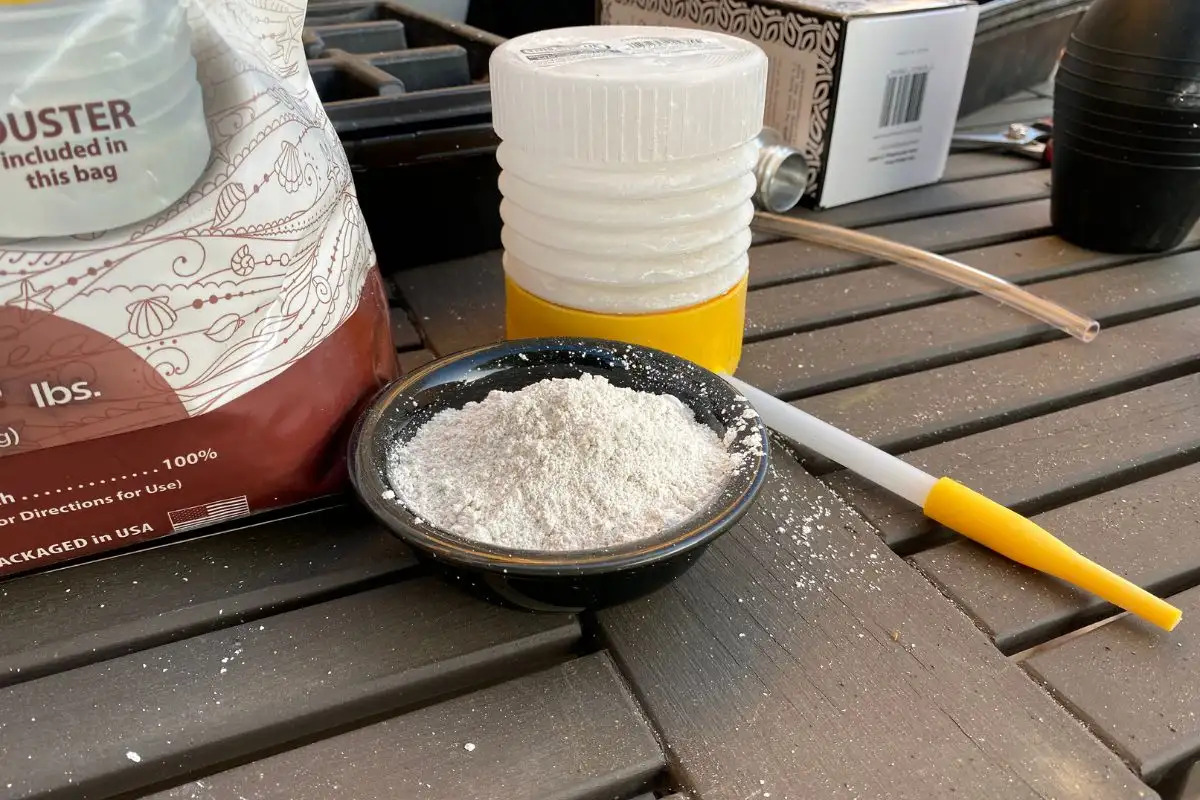





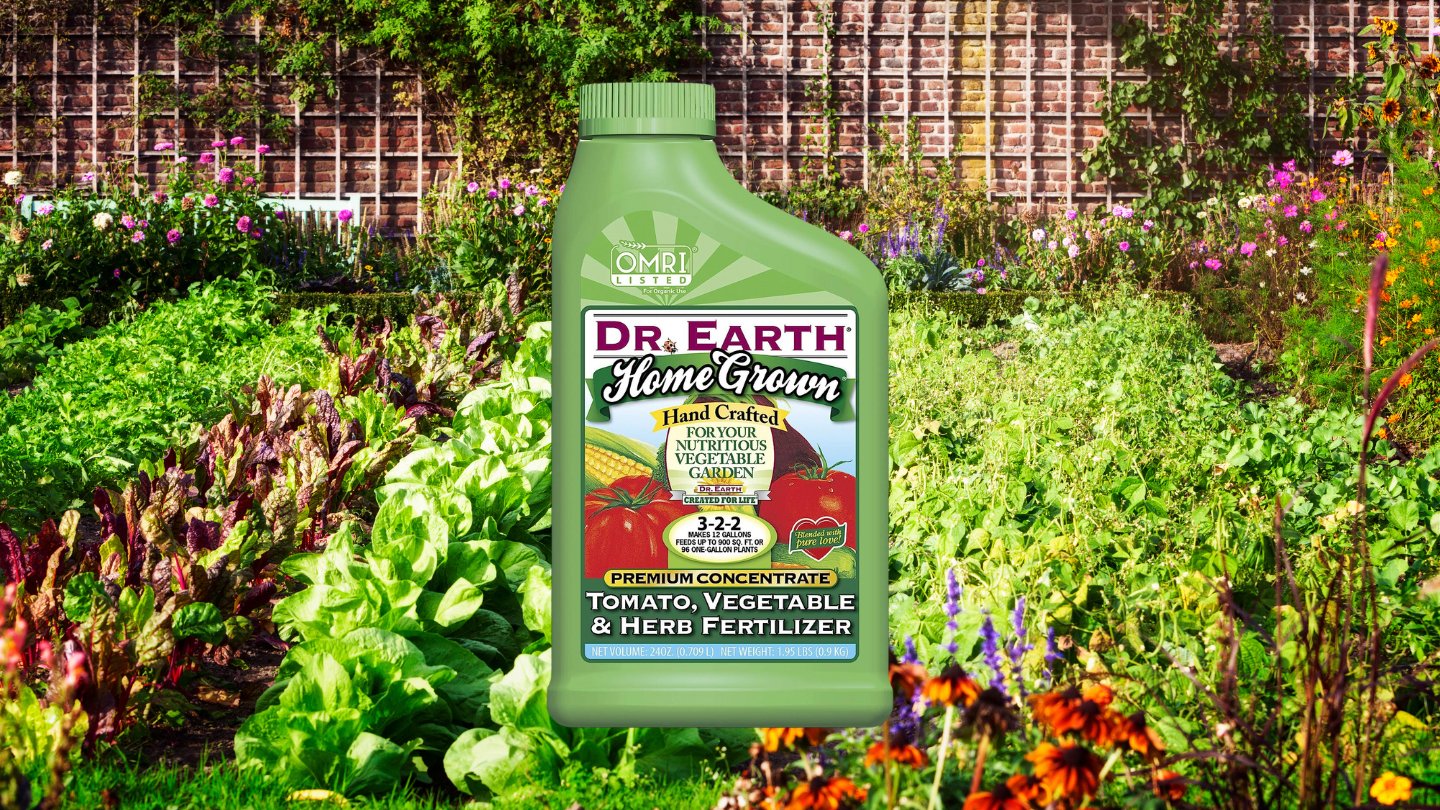


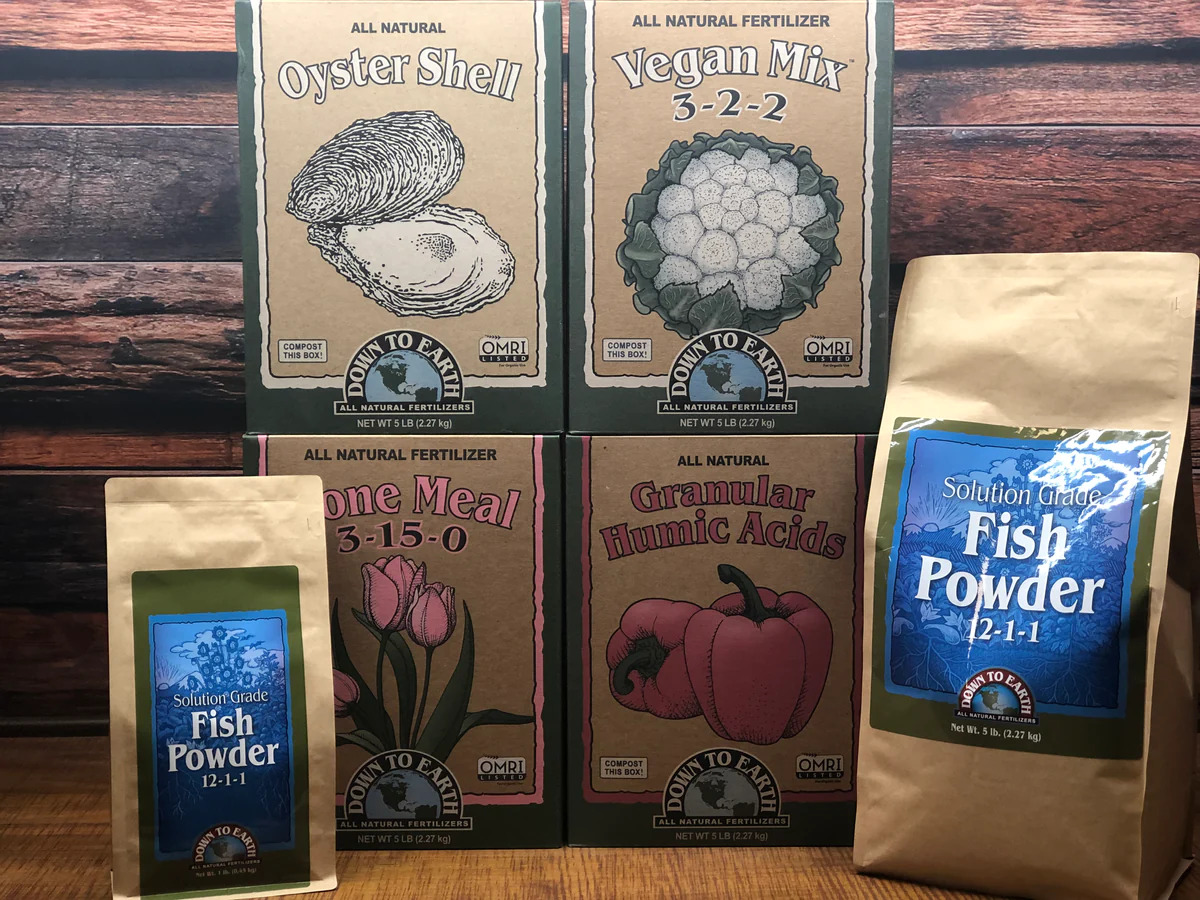
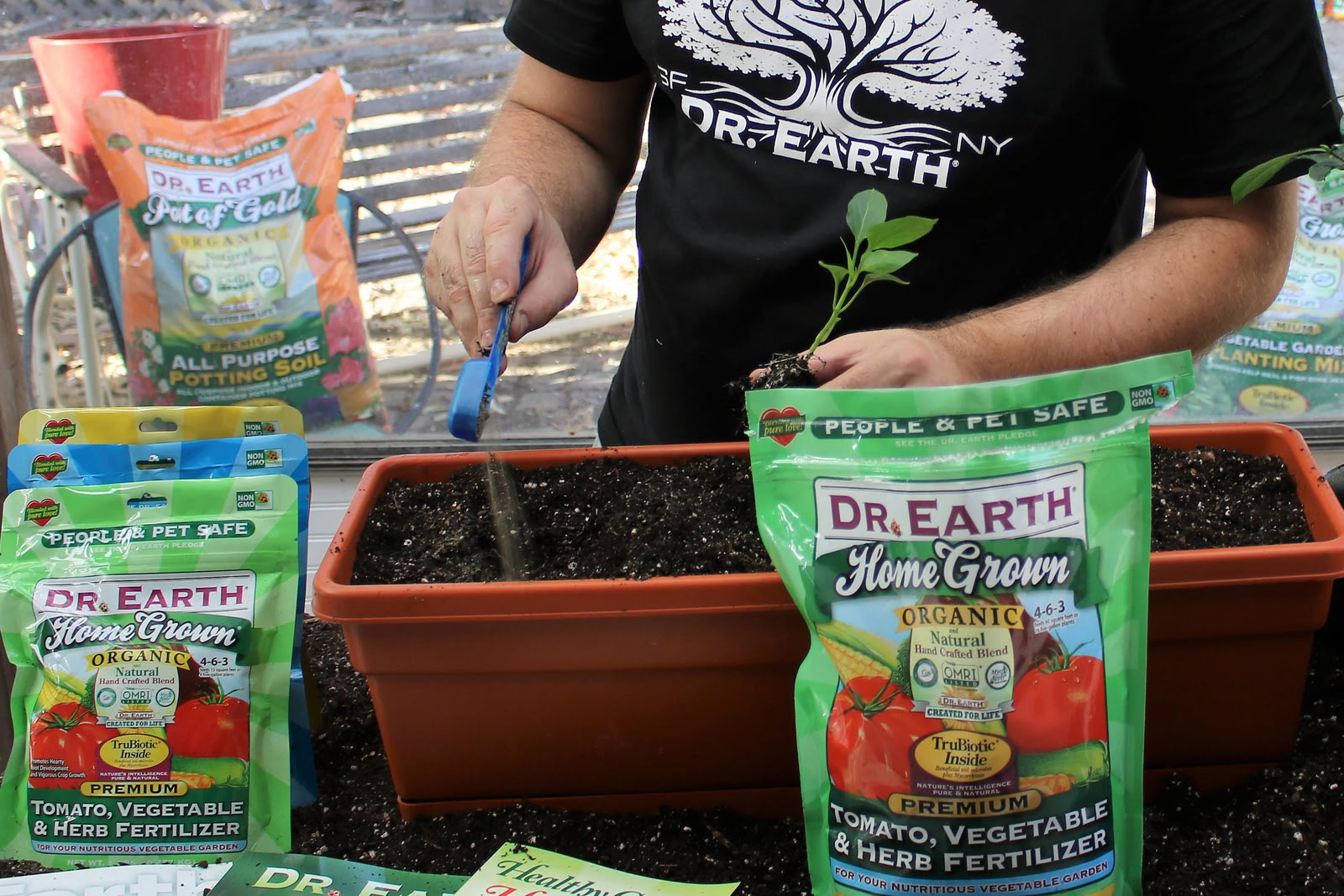
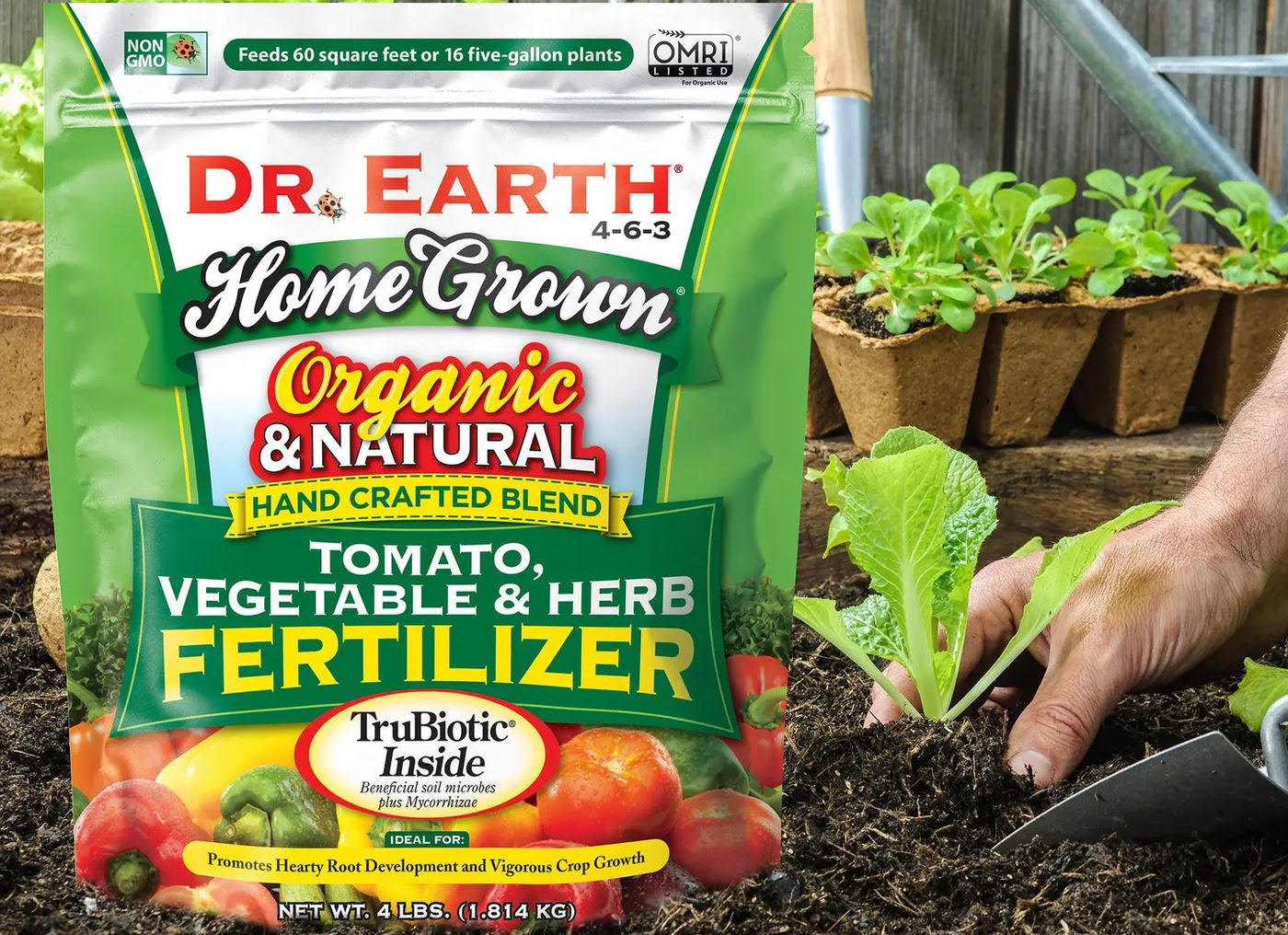
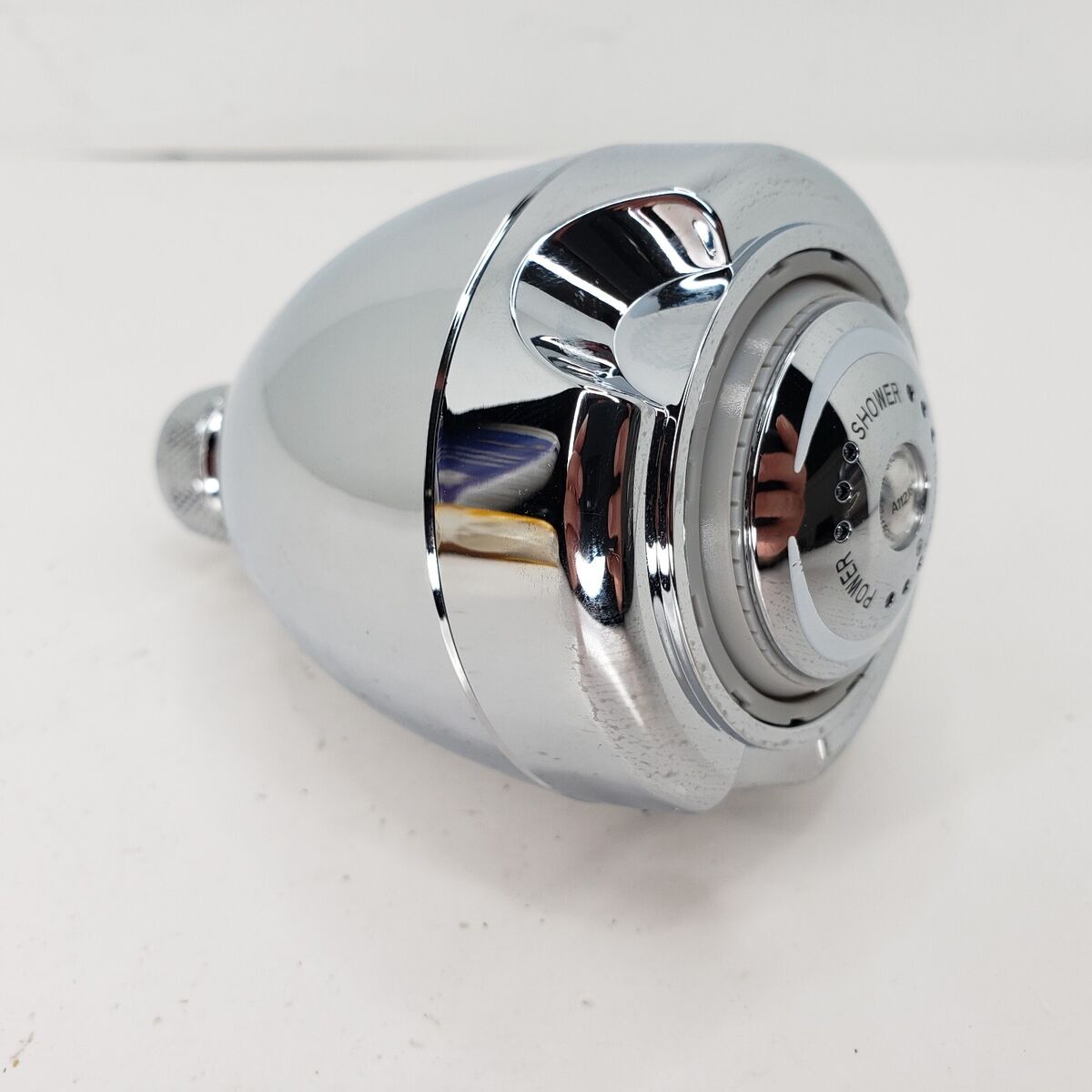

0 thoughts on “How To Store Diatomaceous Earth”